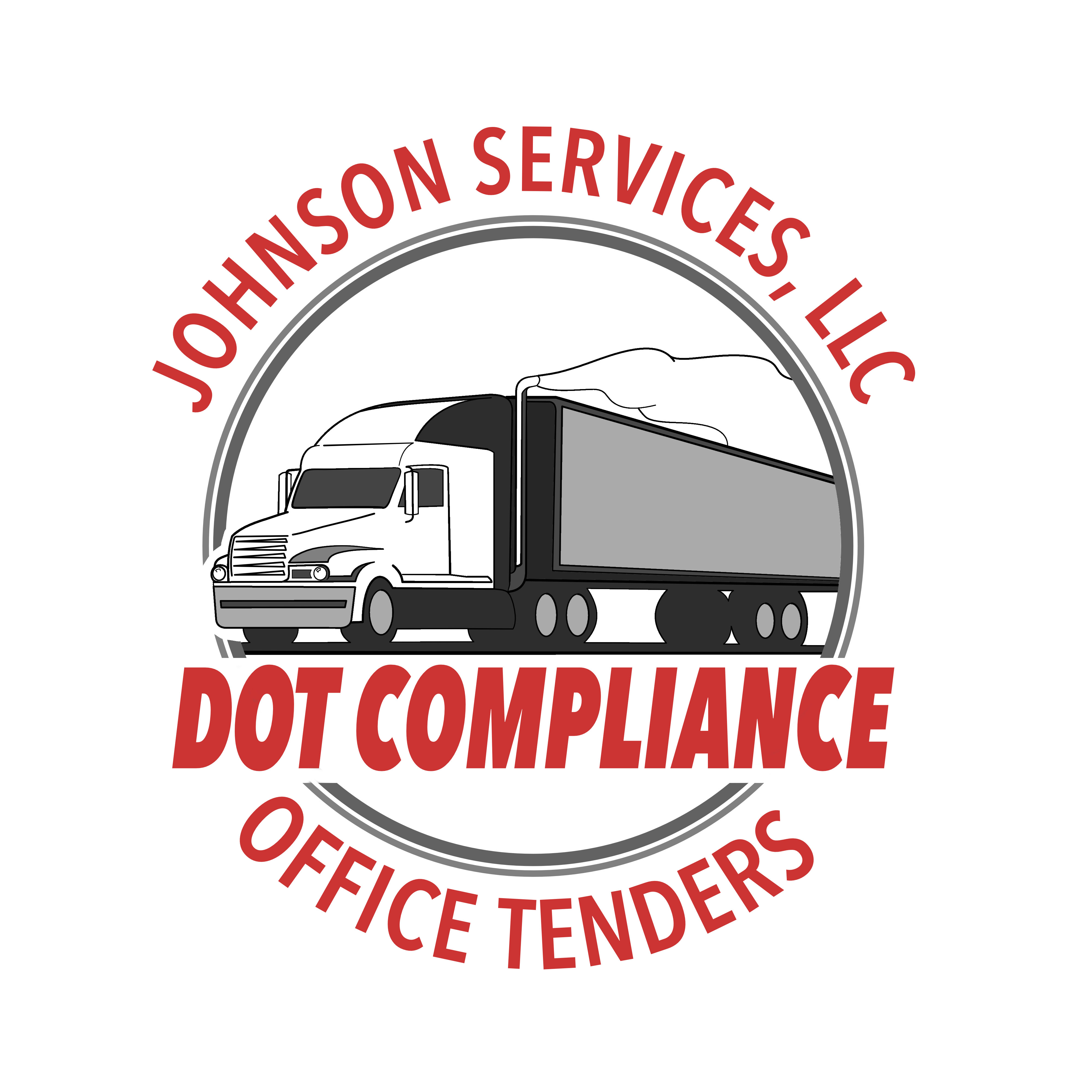Adequate driver training, or rather the lack of, has been cited as one of the reasons for the extremely high turnover rate that currently exists in the trucking industry. But that isn’t the only affect the lack of established training procedures is having on the industry. Some groups are claiming that ineffective commercial motor vehicle (CMV) driver training produces hazardous driving conditions, and has filed suit to change this.
The Advocates for Highway and Auto Safety, Citizens for Reliable and Safe Highways, and the International Brotherhood of Teamsters has filed suit against the Department of Transportation (DOT) and the Federal Motor Carrier Safety Administration (FMCSA) regarding the lack of rules governing CMV driver training. The suit was filed last week, on September 18th, in the U.S. Court of Appeals for the District of Columbia. And this isn’t the first time this issue has hit the courts.
20 Years of Debate & Rulings Regarding CMV Driver Training
The current suit details the lack of regulations and neglect to meet court orders, on the part of the DOT, for over 20 years. The groups claim that the DOT’s failure to produce and implement driver training laws actually violates court orders and allows for continued lack of safety on the road. “This hazard will only grow in scope as the turnover rate for truck drivers continues to remain extremely high – over 90 percent – and the current truck driver work force ages out”, says John Lannen, Executive Director of the Truck Safety Coalition.
The issue of CMV driver training emerged strong in 1991, when Congress passed a law requiring DOT to complete regulations by 1993. This never happened. In 2002, DOT agreed to complete the ruling by 2004, following more court mandated orders. A rule was put into place that required drivers to attend classroom lectures for an estimated 10 hours, before hitting the road. But experts and the current law suit claim that this is an impractical training solution, as it requires no actual experience for a new CMV driver.
Current Driver Training Lawsuit
The current suit explains that there are over 3.9 million CMV drivers in the U.S., and that driver training regulations are long overdue, especially given that the industry turnover rate brings in thousands of new drivers every year. Specifically, the suit asks
“Congress specified that the final regulations must 1) address the knowledge and skills necessary to safely operate a commercial motor vehicle; 2) address the specific training needs of drivers seeking passenger or hazardous materials endorsements; 3) require effective instruction to acquire the knowledge, skills, and training to safely operate a commercial motor vehicle, including classroom and behind-the-wheel instruction; 4) require certification that operators meet the requirements that are established; and 5) require training providers to demonstrate that their training meets the requirements of the regulations.“ (http://www.citizen.org/documents/in-re-advocates-for-highway-and-auto-safety-petition-for-writ-of-mandamus.pdf).
Safety advocates are pushing for a final rule to be presented within 180 of the court’s ruling, with a preliminary draft presented within two months. The suit also explains the need for supervised hands-on training.
Another Side of CMV Driver Training
It is hard to argue against the benefits of enhanced driver training for both safety and driver retention. However, Equipment Editor with Heavy Duty Trucking, Jim Park, debates that driver training may not be the solution. In an April 2013 blog, he questions the effectiveness of entry-level driver training. And it is entry-level training that is the complete focus of the current suit and previous rulings.
Jim goes on to explain his views that this type of training should only be part of the equation, as most accidents occur as a result of bad judgment and judgment on the road cannot be trained. He encourages ongoing ‘professional development’ throughout a driver’s career that would mirror similar occupational standards, like those of pilots. Ongoing development should be encouraged for career advancement and to keep up-to-date on safety procedures and DOT regulations.
What do you think should be required of entry-level CMV drivers? Would regulations for driver training increase highway safety? As a driver, do you feel you would benefit from more training or ongoing training? It will be interesting to see how the DOT and FMCSA responds to the current suit, and if this issue will be addressed effectively, after more than 20 years.
Office Tenders – DOT Paperwork Service Provider
Office Tenders can help drivers and trucking companies meet DOT requirements with our comprehensive DOT compliance paperwork services. Driver qualification files, DOT random drug and alcohol testing programs and fuel tax reporting services are just a few of the options we offer to ease the paperwork burden that comes with working in the trucking industry. Contact us today to get started with affordable, comprehensive DOT compliance paperwork services from Office Tenders, Inc!

